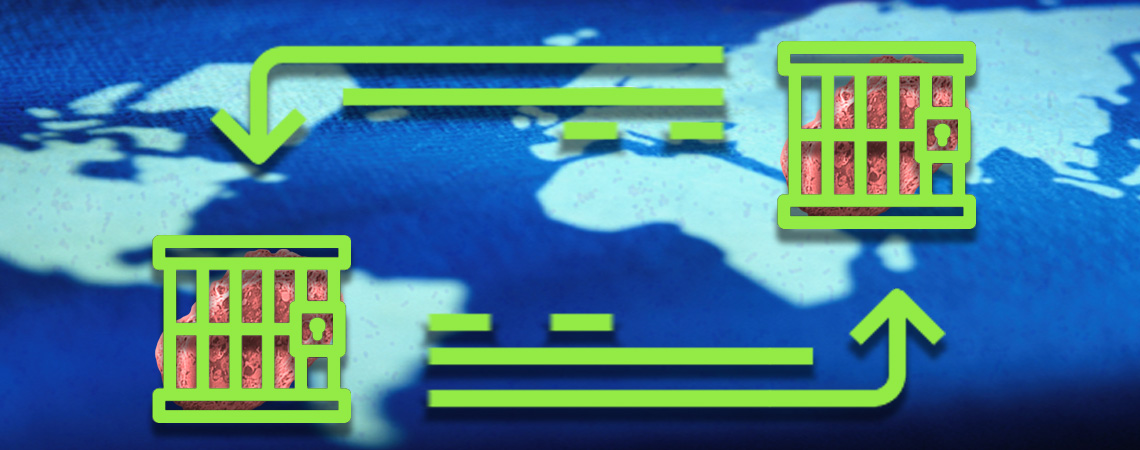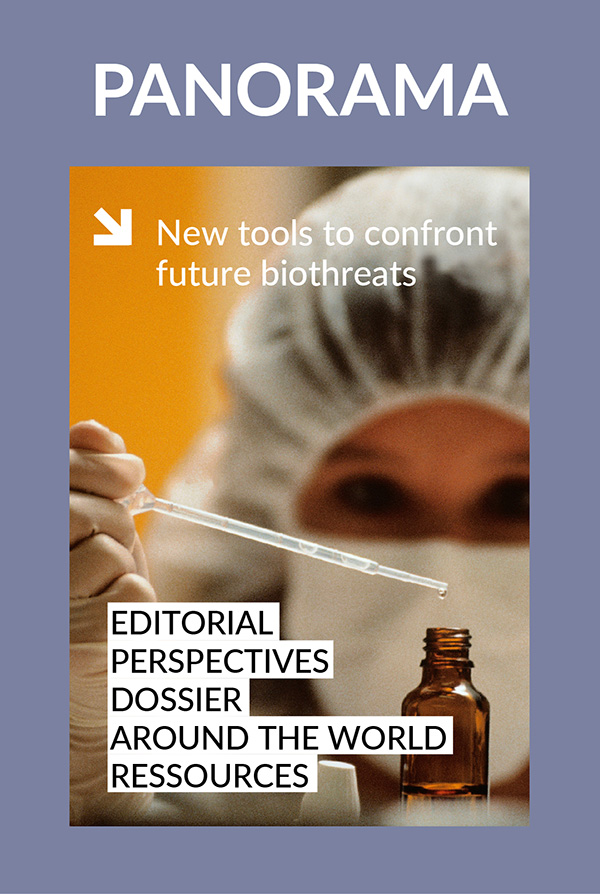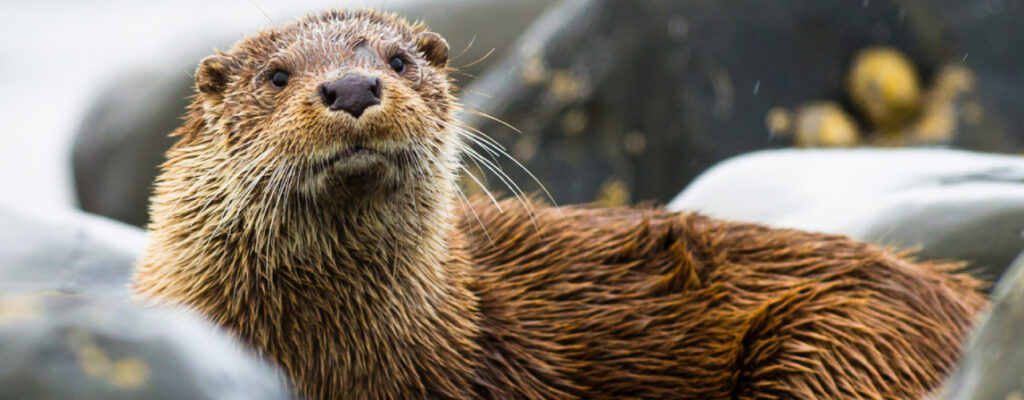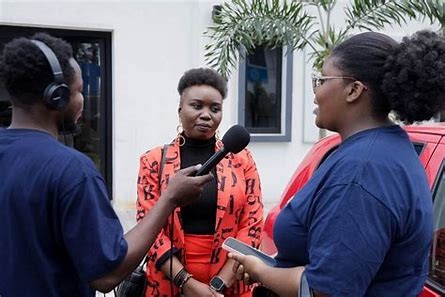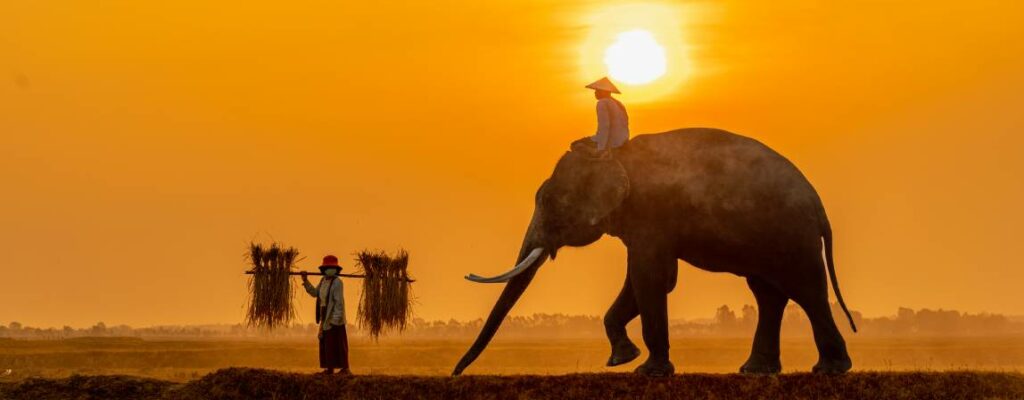Around the world Posted on 2018-09-06 11:04:23
Success stories
Cooperation among the Rinderpest Holding Facilities Network
Keywords
Authors
Chargée de Mission, Rinderpest, Programmes Department, World Organisation for Animal Health (OIE)
The RHF Network defined its priorities for 2017–2018 as follows:
- to reduce the remaining stocks of rinderpest-virus-containing materials (RVCMs) within the Network’s own facilities
- to exchange expertise, technologies and information
- to collaborate on and develop diagnostic tools, and
- to contribute to preparedness and response activities.
This project is a successful example of cooperation in strengthening the management of rinderpest-virus-containing materials
Within the scope of these key items, the Pirbright Institute (United Kingdom) and the African Union Pan African Veterinary Vaccine Centre (PANVAC), in Ethiopia, are currently undertaking a twinning project to enhance biosafety and biosecurity in PANVAC’s Biosafety Level 3 facility. The considerable expertise and experience of the Pirbright Institute – also an OIE Reference Laboratory for rinderpest and peste des petits ruminants (PPR) – will be invaluable in supporting PANVAC to improve its operational procedures, in accord with the relevant international standards. A comprehensive and rigorous biosafety programme, as well as quality assurance training for all relevant staff, is currently under way and will further support the implementation of PANVAC’s RHF mandate.
This project is a successful example of cooperation in strengthening the management of RVCMs, thereby reducing biological threats, and was made possible by the generous contribution of Global Affairs Canada.
http://dx.doi.org/10.20506/bull.2018.1.2774




